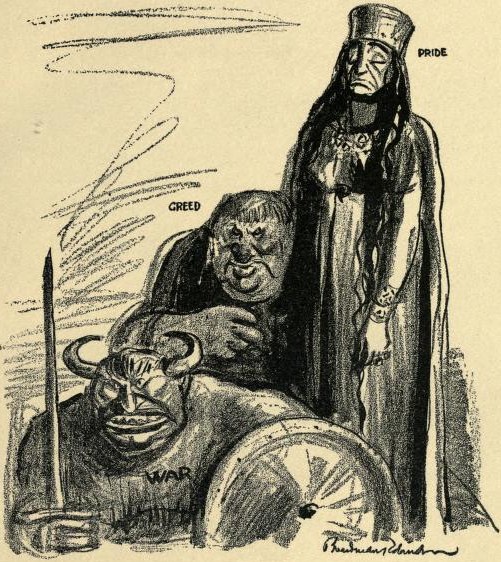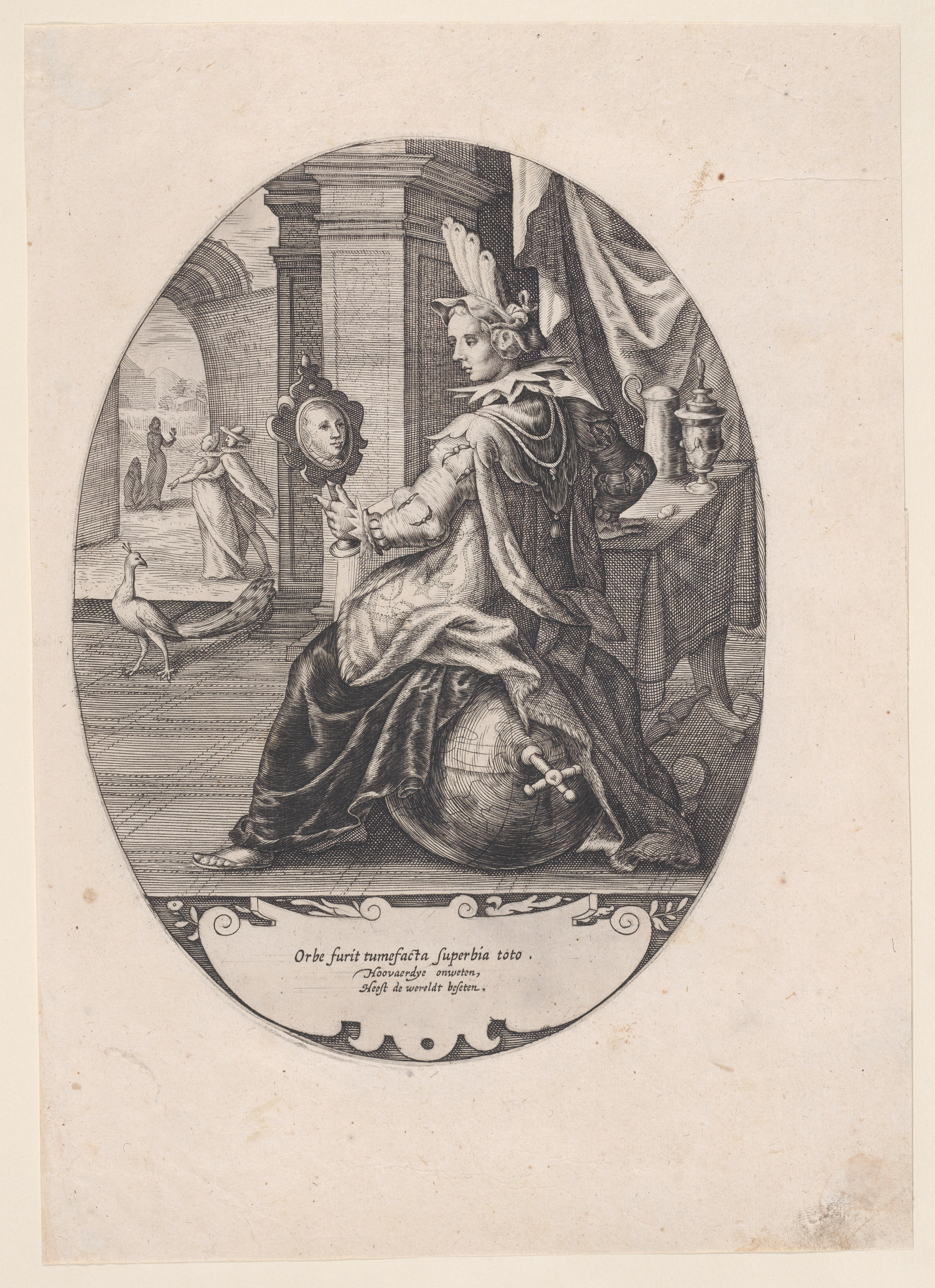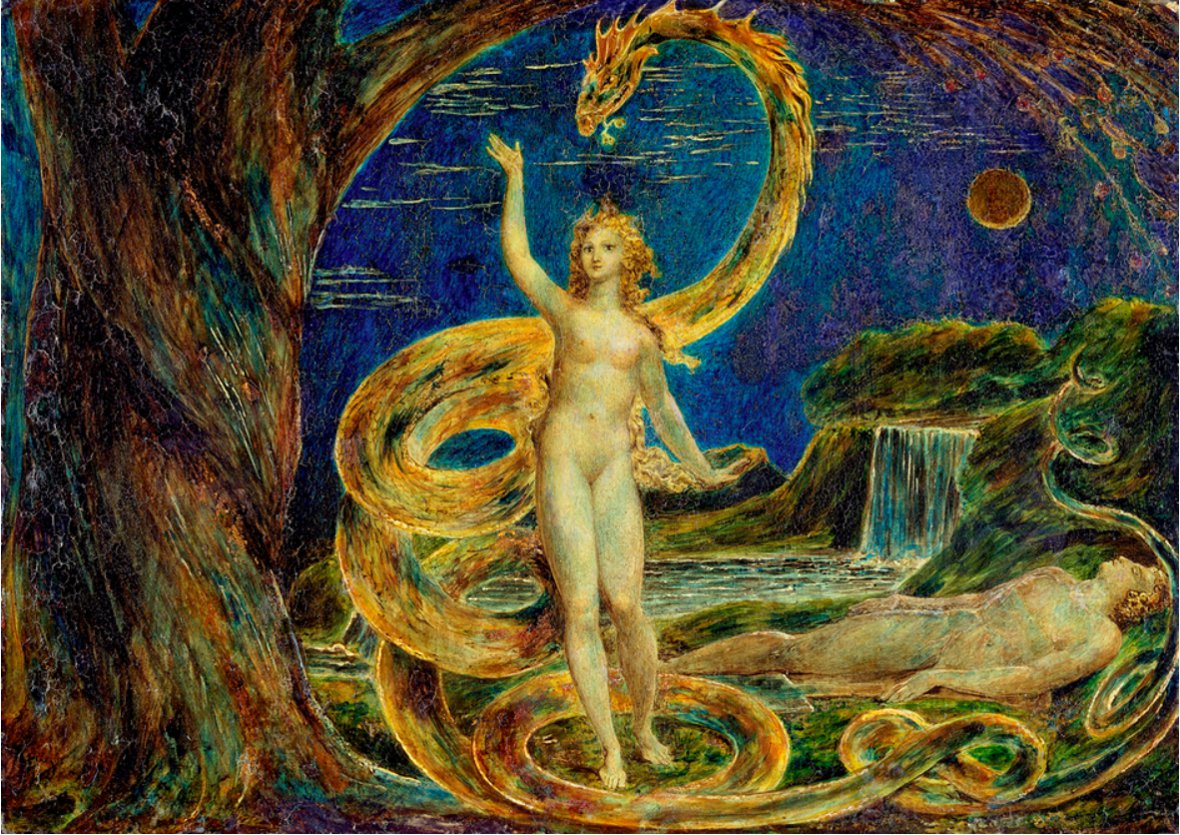|
Pitirim Of Porphyry
Abba Pitirim of Porphyry () was an Egyptian Christian monastic and saint of the fourth century, and a disciple of Anthony the Great. His feast day is November 29 in the Orthodox Church. Life Pitirim was an abbot of many monks, was the third successor of Anthony the Great in his hermitage, and was said to have received Anthony's virtues. He lived on Mount Porphyry () in the Thebaid, which was probably named after its proximity to the Roman quarry of Mons Porphyrites that mined a rare stone by the same name. Pitirim continued the work of Anthony by instructing Christian monks along the Nile in the Thebaid, and lived with his followers in austere asceticism. It was said of Pitirim that he only ate water mixed with a little bit of flour twice a week, and that sometimes he would fast from food entirely. Pitirim passed away peacefully in the late fourth or early fifth century. Meeting with Isidora A story of Pitirim is related in chapter 34 of Palladius' Lausaic History' (wri ... [...More Info...] [...Related Items...] OR: [Wikipedia] [Google] [Baidu] |
Egypt
Egypt ( ar, مصر , ), officially the Arab Republic of Egypt, is a transcontinental country spanning the northeast corner of Africa and southwest corner of Asia via a land bridge formed by the Sinai Peninsula. It is bordered by the Mediterranean Sea to the north, the Gaza Strip of Palestine and Israel to the northeast, the Red Sea to the east, Sudan to the south, and Libya to the west. The Gulf of Aqaba in the northeast separates Egypt from Jordan and Saudi Arabia. Cairo is the capital and largest city of Egypt, while Alexandria, the second-largest city, is an important industrial and tourist hub at the Mediterranean coast. At approximately 100 million inhabitants, Egypt is the 14th-most populated country in the world. Egypt has one of the longest histories of any country, tracing its heritage along the Nile Delta back to the 6th–4th millennia BCE. Considered a cradle of civilisation, Ancient Egypt saw some of the earliest developments of writing, agriculture, ur ... [...More Info...] [...Related Items...] OR: [Wikipedia] [Google] [Baidu] |
Christ
Jesus, likely from he, יֵשׁוּעַ, translit=Yēšūaʿ, label=Hebrew/Aramaic ( AD 30 or 33), also referred to as Jesus Christ or Jesus of Nazareth (among other Names and titles of Jesus in the New Testament, names and titles), was a first-century Jews, Jewish preacher and religious leader; he is the central figure of Christianity, the Major religious groups, world's largest religion. Most Christians believe he is the Incarnation (Christianity), incarnation of God the Son and the awaited Messiah#Christianity, Messiah (the Christ (title), Christ) prophesied in the Hebrew Bible. Virtually all modern scholars of antiquity agree that Historicity of Jesus, Jesus existed historically. Quest for the historical Jesus, Research into the historical Jesus has yielded some uncertainty on the historical reliability of the Gospels and on how closely the Jesus portrayed in the New Testament reflects the historical Jesus, as the only detailed records of Jesus' life are contained in ... [...More Info...] [...Related Items...] OR: [Wikipedia] [Google] [Baidu] |
4th-century Christian Monks
The 4th century (per the Julian calendar and Anno Domini/Common era) was the time period which lasted from 301 ( CCCI) through 400 ( CD). In the West, the early part of the century was shaped by Constantine the Great, who became the first Roman emperor to adopt Christianity. Gaining sole reign of the empire, he is also noted for re-establishing a single imperial capital, choosing the site of ancient Byzantium in 330 (over the current capitals, which had effectively been changed by Diocletian's reforms to Milan in the West, and Nicomedeia in the East) to build the city soon called Nova Roma (New Rome); it was later renamed Constantinople in his honor. The last emperor to control both the eastern and western halves of the empire was Theodosius I. As the century progressed after his death, it became increasingly apparent that the empire had changed in many ways since the time of Augustus. The two emperor system originally established by Diocletian in the previous century fell in ... [...More Info...] [...Related Items...] OR: [Wikipedia] [Google] [Baidu] |
Eastern Orthodox Saints
This is a partial list of recognized Saints of the Eastern Orthodox communion. References See also *List of Eastern Orthodox saint titles *List of Russian saints {{DEFAULTSORT:List Of Saints Eastern Orthodox Eastern Orthodoxy, also known as Eastern Orthodox Christianity, is one of the three main branches of Chalcedonian Christianity, alongside Catholicism and Protestantism. Like the Pentarchy of the first millennium, the mainstream (or "canonical") ... List ... [...More Info...] [...Related Items...] OR: [Wikipedia] [Google] [Baidu] |
Serapion Of Nitria
Serapion of Nitria or Serapion of Thmuis (; ) was an early Christian monasticism, Christian monk in Nitria (monastic site), Nitria, Egypt (region), Lower Egypt, born in the third century AD. He was a companion of Anthony the Great, the abbot of the Monastery of Arsina in Nitria, and the bishop of Thmuis. His feast day in March 21 (Eastern Orthodox liturgics), March 21 in the Eastern Orthodox Church, Orthodox Church. Life Little is known about Serapion. He is quoted in four sections of the ''Sayings of the Desert Fathers'', where he is called Ab (Semitic), Abba Serapion, and is commemorated on March 21 in the Prologue of Ohrid', an Orthodox synaxarium written by Saint Nikolaj Velimirović. Serapion (a variant of the name ''Seraphim'' derived from ''Seraph'') was the abbot of the Monastery of Arsina (), which at one point held as many as eleven-thousand monks. He was given the title "the Great" by the early Christian historians Sozomen and Palladius of Galatia, Palladius. Sera ... [...More Info...] [...Related Items...] OR: [Wikipedia] [Google] [Baidu] |
Christian Monasticism
Christian monasticism is the devotional practice of Christians who live ascetic and typically cloistered lives that are dedicated to Christian worship. It began to develop early in the history of the Christian Church, modeled upon scriptural examples and ideals, including those in the Old Testament, but not mandated as an institution in the scriptures. It has come to be regulated by religious rules (e. g. the Rule of Saint Augustine, Anthony the Great, St Pachomius, the Rule of St Basil, the Rule of St Benedict,) and, in modern times, the Canon law of the respective Christian denominations that have forms of monastic living. Those living the monastic life are known by the generic terms monks (men) and nuns (women). The word ''monk'' originated from the Greek (, 'monk'), itself from () meaning 'alone'. Christian monks did not live in monasteries at first, rather, they began by living alone as solitaries, as the word might suggest. As more people took on the lives of monks, ... [...More Info...] [...Related Items...] OR: [Wikipedia] [Google] [Baidu] |
Desert Fathers
The Desert Fathers or Desert Monks were early Christian hermits and ascetics, who lived primarily in the Scetes desert of the Roman province of Egypt , conventional_long_name = Roman Egypt , common_name = Egypt , subdivision = Province , nation = the Roman Empire , era = Late antiquity , capital = Alexandria , title_leader = Praefectus Augustalis , image_map = Roman E ..., beginning around the Christianity in the 3rd century, third century AD. The is a collection of the wisdom of some of the early desert monks and nuns, in print as ''Sayings of the Desert Fathers''. The first Desert Father was Paul of Thebes, and the most well known was Anthony the Great, who moved to the desert in AD 270–271 and became known as both the father and founder of desert monasticism. By the time Anthony had died in AD 356, thousands of monks and nuns had been drawn to living in the desert following Anthony's example, leading his biographer, Athanasius of Alexan ... [...More Info...] [...Related Items...] OR: [Wikipedia] [Google] [Baidu] |
Greed
Greed (or avarice) is an uncontrolled longing for increase in the acquisition or use of material gain (be it food, money, land, or animate/inanimate possessions); or social value, such as Social status, status, or Power (social and political), power. Greed has been identified as undesirable throughout known human history because it creates behavior-conflict between personal and social goals. Nature of greed The initial motivation for (or purpose of) greed and actions associated with it may be the promotion of personal or family survival. It may at the same time be an intent to deny or obstruct competitors from potential means (for basic survival and comfort) or future opportunities; therefore being insidious or Tyranny, tyrannical and having a negative connotation. Alternately, the purpose could be defense or counteractive response to such obstructions being threatened by others. But regardless of purpose, ''greed'' intends to create an inequity of access or distribution t ... [...More Info...] [...Related Items...] OR: [Wikipedia] [Google] [Baidu] |
Pride
Pride is defined by Merriam-Webster as "reasonable self-esteem" or "confidence and satisfaction in oneself". A healthy amount of pride is good, however, pride sometimes is used interchangeably with "conceit" or "arrogance" (among other words) which are negative. Oxford defines it as "the quality of having an excessively high opinion of oneself or one's own importance." This may be related to one's own abilities or achievements, positive characteristics of friends or family, or one's country. Richard Taylor defined pride as "the justified love of oneself", as opposed to false pride or narcissism. Similarly, St. Augustine defined it as "the love of one's own excellence", and Meher Baba called it "the specific feeling through which egoism manifests." Philosophers and social psychologists have noted that pride is a complex secondary emotion which requires the development of a sense of self and the mastery of relevant conceptual distinctions (e.g. that pride is distinct from happi ... [...More Info...] [...Related Items...] OR: [Wikipedia] [Google] [Baidu] |
Temptation
Temptation is a desire to engage in short-term urges for enjoyment that threatens long-term goals.Webb, J.R. (Sep 2014). Incorporating Spirituality into Psychology of temptation: Conceptualization, measurement, and clinical implications. Spirituality in Clinical Practice. 1.3. PP: 231-241 In the context of some religions, temptation is the inclination to sin In a religious context, sin is a transgression against divine law. Each culture has its own interpretation of what it means to commit a sin. While sins are generally considered actions, any thought, word, or act considered immoral, selfish, s .... Temptation also describes the coaxing or inducing a person into committing such an act, by Psychological manipulation, manipulation or otherwise of curiosity, desire or fear of loss something important to a person. In the context of self-control and ego depletion, temptation is described as an immediate, pleasurable urge and/or impulse that disrupts an individuals abili ... [...More Info...] [...Related Items...] OR: [Wikipedia] [Google] [Baidu] |
Demon
A demon is a malevolent supernatural entity. Historically, belief in demons, or stories about demons, occurs in religion, occultism, literature, fiction, mythology, and folklore; as well as in media such as comics, video games, movies, anime, and television series. Belief in demons probably goes back to the Paleolithic age, stemming from humanity's fear of the unknown, the strange and the horrific. ''A Dictionary of Comparative Religion'' edited by S.G.F. Brandon 1970 In ancient Near Eastern religions and in the Abrahamic religions, including early Judaism and ancient-medieval Christian demonology, a demon is considered a harmful spiritual entity which may cause demonic possession, calling for an exorcism. Large portions of Jewish demonology, a key influence on Christianity and Islam, originated from a later form of Zoroastrianism, and was transferred to Judaism during the Persian era. Demons may or may not also be considered to be devils: minions of the Devil. In ma ... [...More Info...] [...Related Items...] OR: [Wikipedia] [Google] [Baidu] |
Seven Deadly Sins
The seven deadly sins, also known as the capital vices or cardinal sins, is a grouping and classification of vices within Christian teachings. Although they are not directly mentioned in the Bible, there are parallels with the seven things God is said to hate in the Book of Proverbs. Behaviours or habits are classified under this category if they directly give rise to other immoralities. According to the standard list, they are Hubris, pride, greed, wrath, envy, lust, Gluttony#Christianity, gluttony and sloth (deadly sin), sloth, which are contrary to the seven heavenly virtues, seven capital virtues. This classification originated with the Desert Fathers, especially Evagrius Ponticus. Evagrius' pupil John Cassian with his book ''The Institutes'' brought the classification to Europe, where it became fundamental to Catholic confessional practices as documented in penitential manuals, sermons such as "The Parson's Tale" from Chaucer's ''The Canterbury Tales, Canterbury Tales'' ... [...More Info...] [...Related Items...] OR: [Wikipedia] [Google] [Baidu] |







